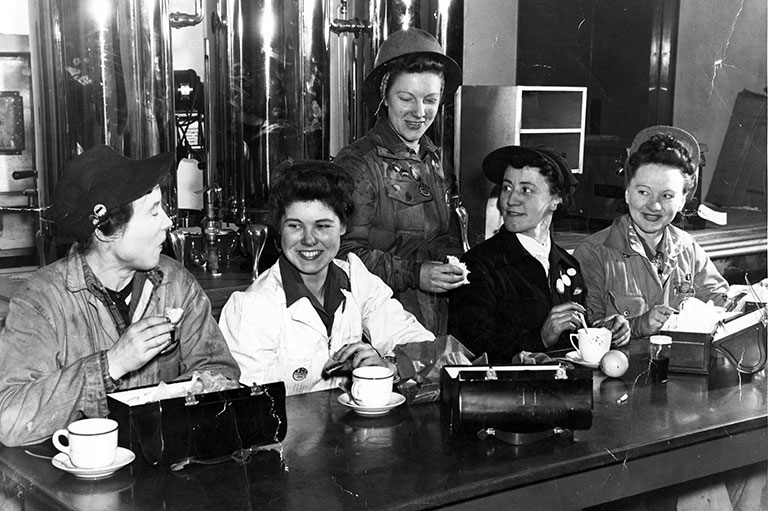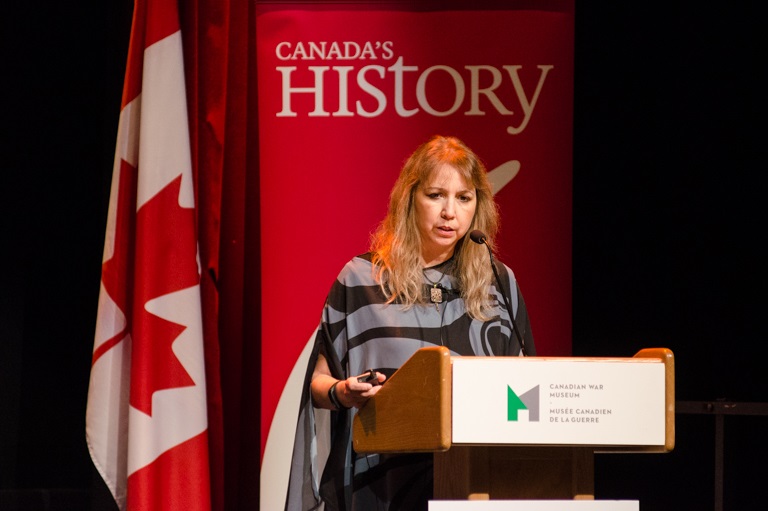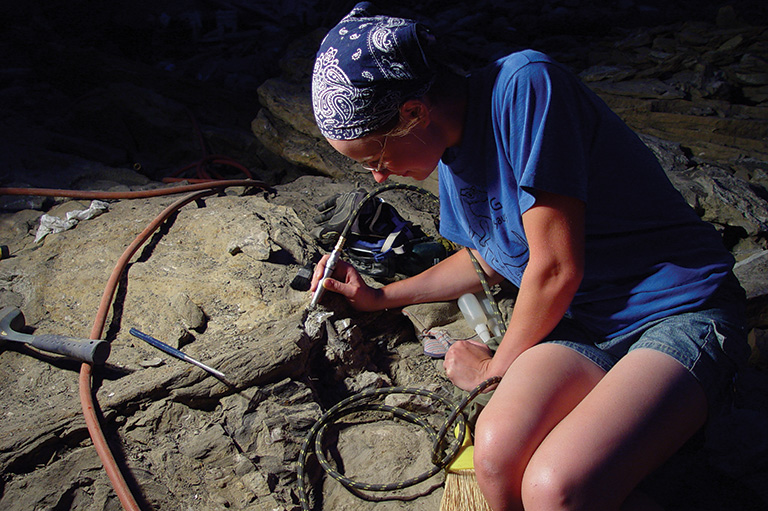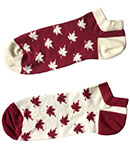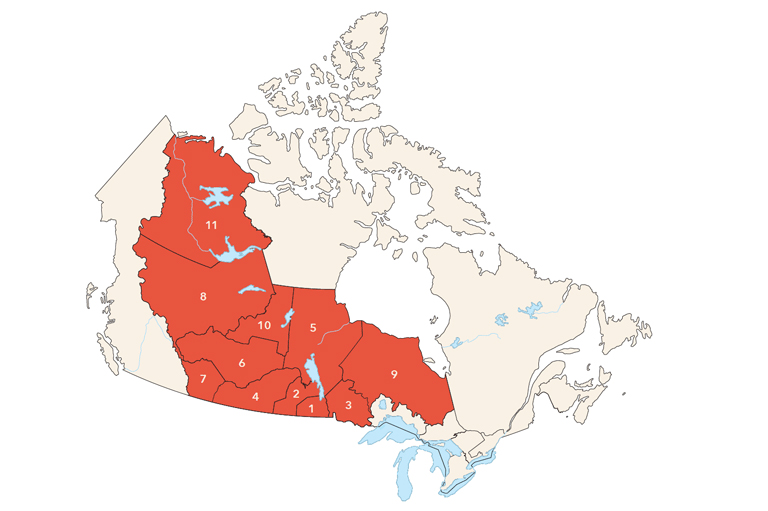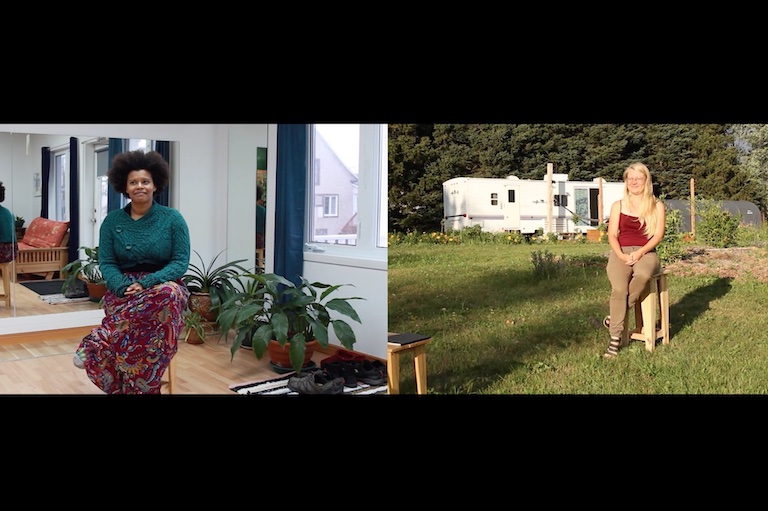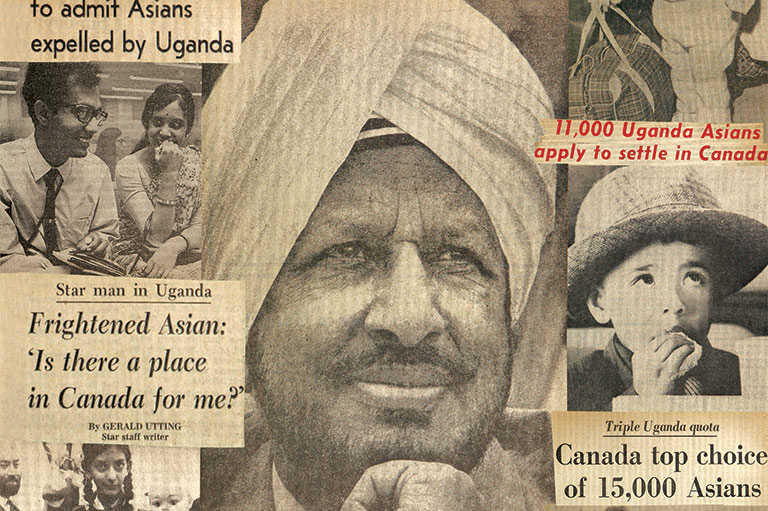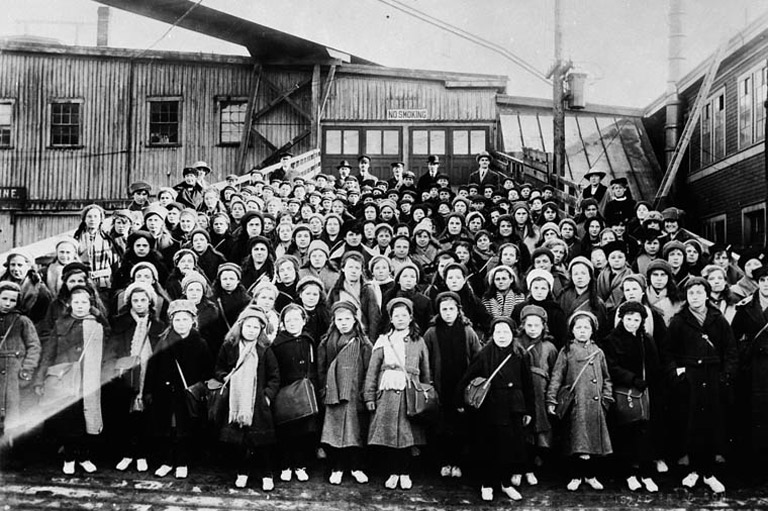B.C. History Moments in Time
The year 2021 marks 150 years since British Columbia joined confederation. The history of the area, however, is much older. While there are myriad events to choose from, here are thirteen moments in the long and storied history of the province of British Columbia.
Pre-Contact
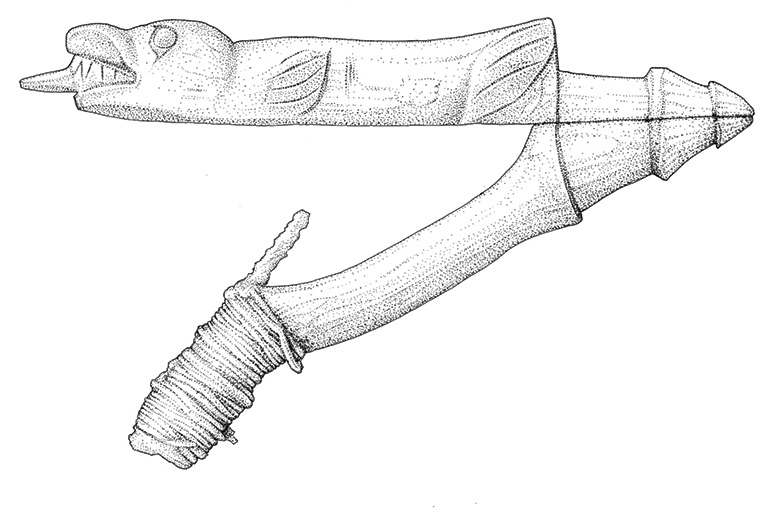
Archaeological discoveries indicate that Indigenous peoples lived in what is now British Columbia as long as 12,000 to 25,000 years ago. Indigenous peoples had a relationship with the land that is revealed through a number of different tools which were used for hunting, fishing, and other pursuits. Extensive trade networks were also established along the coast of the Pacific allowing for interactions between different Indigenous groups.
1778: First Contact
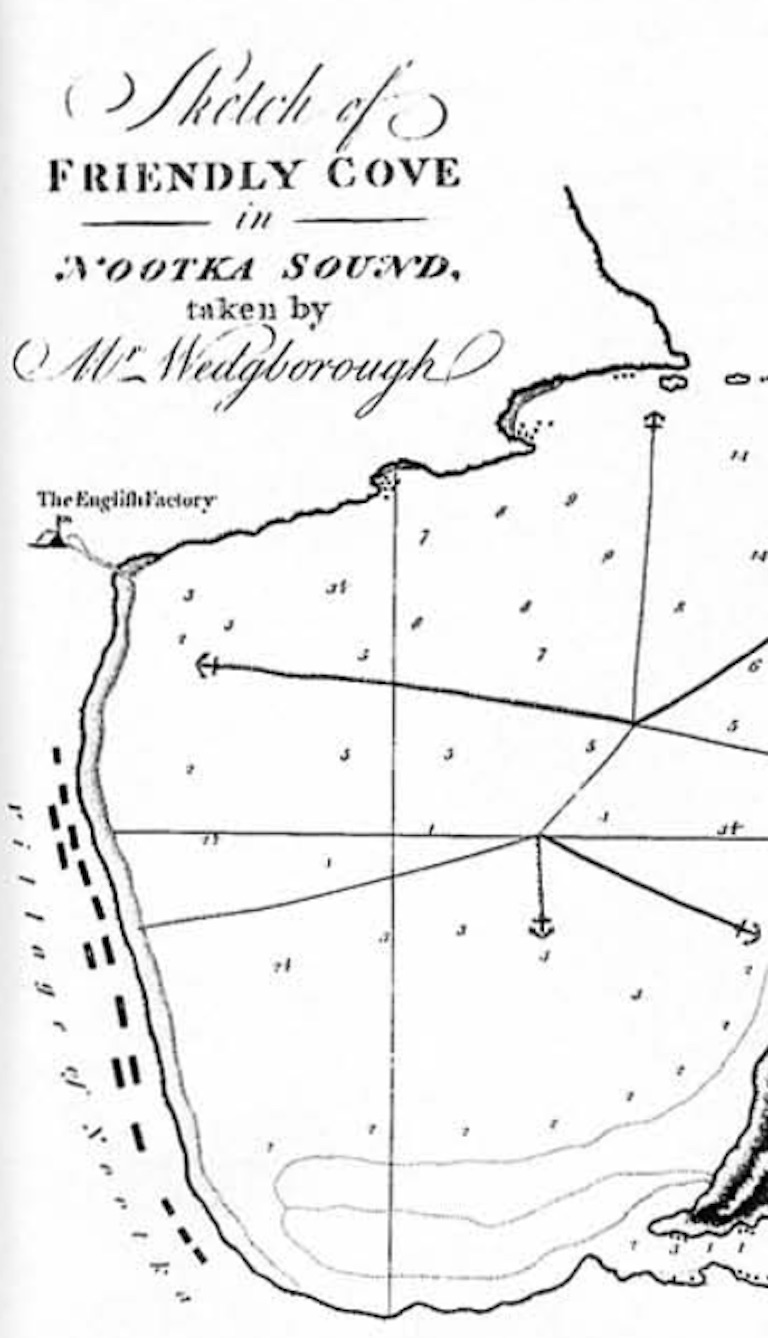
In 1778, the Nuu-chah-nulth people living at Yuquot on the west coast of what is now Vancouver Island encountered Captain James Cook, who set foot on the land that would become British Columbia. Ten years later, the British built a trading post at Nootka Sound. On October 28, 1790, The Nootka Sound Convention, signed by Great Britain and Spain, allowed both nations to navigate, fish, and trade along the Pacific coast of North America.
1871: B.C. joins Confederation
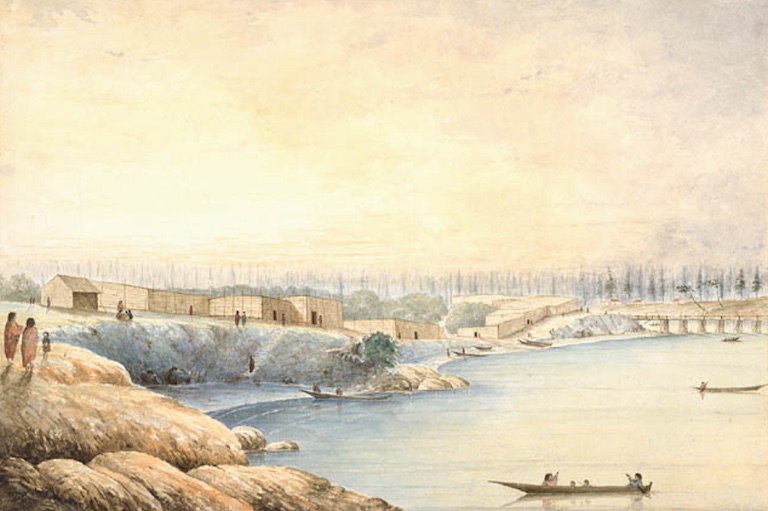
The British colony of British Columbia began as two separate colonies: In 1849, the colony of Vancouver Island was established, with the Hudson’s Bay Company and the British Colonial Office entrusting Chief Factor James Douglas to negotiate land purchases with Indigenous Nations. In 1858, the colony of British Columbia was established on the mainland, partially in response to the discovery of gold on the Thompson River the previous year and the ensuing gold rush, which brought up to fifty thousand gold seekers (mostly Americans from California) to the banks of the Fraser River. Douglas was named governor and given authority over land policy. The two colonies united in 1866 and agreed to join Confederation on the condition that they be joined to the rest of Canada by railway.
1885: The Last Spike
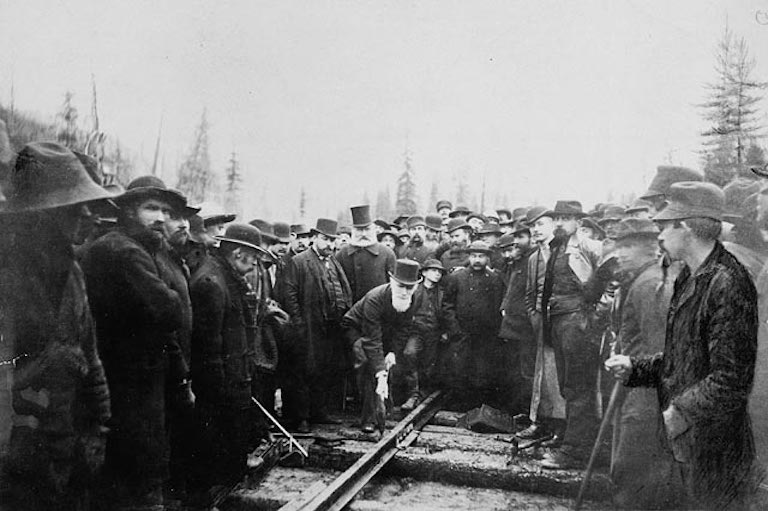
On November 7, the last spike of the Canadian Pacific Railway is driven at Craigellachie. More than fifteen thousand Chinese labourers had built the B.C. section of the CPR. Approximately six hundred died during the work.
1906: B.C. chiefs meet King Edward
A Delegation of B.C. chiefs travels to England and meets with King Edward to discuss the “Indian Land Question.” In the ensuing century B.C. Indigenous leaders will continuously renew their efforts to meet with the Canadian and British heads of government to assert ownership of their territories and demand redress for the takeover of their lands by the B.C. government.
With 7 uniquely curated newsletters to choose from, we have something for everyone.
1914: The Komagata Maru incident
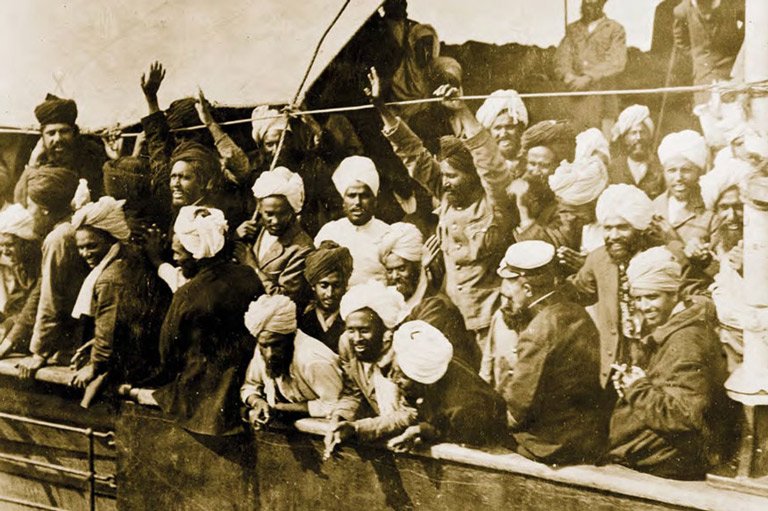
Punjabi businessman Gurdit Singh charters the ship Komagata Maru in an action designed to challenge Canada’s exclusionary immigration policy. From 1903 to 1908, five thousand men from the Punjabi region of India had arrived in B.C., some continuing to the United States while others remained in Canada to work as labourers in the forestry, fishing and railway industries. Subsequently, the federal government passed regulations that effectively prevented immigration from India to Canada. Seeking to defy those regulations, Singh recruited 376 passengers to sail to Canada seeking immigration. All passengers were Indians from the Punjabi region and all except six were men. The ship sailed from Hong Kong on April 4 and anchored in Vancouver Harbour on May 23. A standoff with immigration officers ensued, leading to a court case at the British Columbia Court of Appeal, which ruled in favour of the Canadian government and against the passengers. The ship left on July 23, with 355 passengers (some passengers, mostly returning residents, were allowed entry into Canada). The incident became a symbol of the inequity toward non-white citizens of the British Empire, and played a role in the Indian liberation movement. On May 18, 2016, Prime Minister Justin Trudeau apologized for the incident.
1917: Women Enfranchised
In part because of their wartime service overseas and on the home front, women of European descent gain the right to vote in B.C. elections and to stand for provincial elected office on April 5. On July 9, Helen Gregory MacGill is appointed the first woman judge in British Columbia.
1942: Japanese Internment
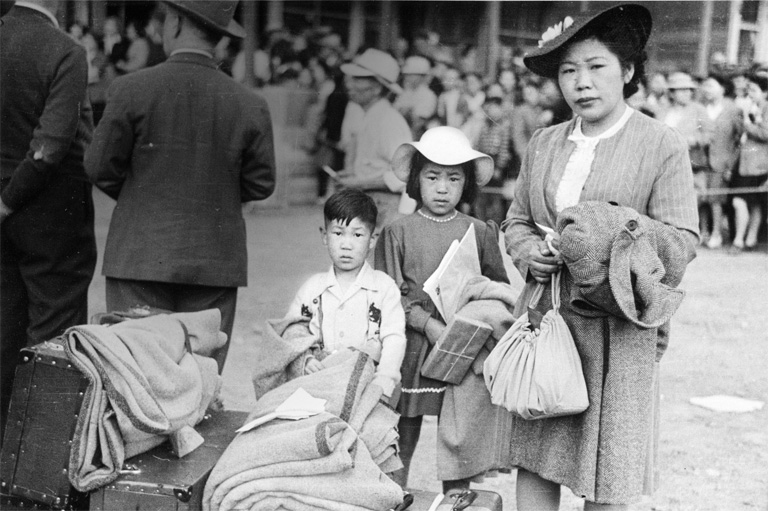
Following the Japanese attack on Pearl Harbor in Hawaii, all male Japanese Canadians are removed from a 160-kilometre-wide zone along the B.C. coast. The federal government interns more than twenty-two thousand Japanese men, women, and children in British Columbia. Japanese language schools are closed and newspapers shut down. In 1943, the federal government passes an Order-in-Council allowing it to sell Japanese-Canadian property held in custody without the owner’s consent. From 1944–46 the federal government enacts a policy of dispersing Japanese-Canadians throughout the country and repatriating many to Japan. The final restrictions against Japanese-Canadians are not removed until 1949. Joy Kawaga fictionalizes the experience in her 1983 novel Obasan. The Canadian government eventually apologizes for Japanese internment in 1988.
1947–1949: Expansion of provincial voting rights
In 1947, the federal government repeals the Chinese Exclusion Act and B.C. reinstates voting rights for Chinese and South-Asian Canadians. Two years later, B.C. reinstates voting rights for Indigenous and Japanese Canadians.
1972: The Beachcombers premiers
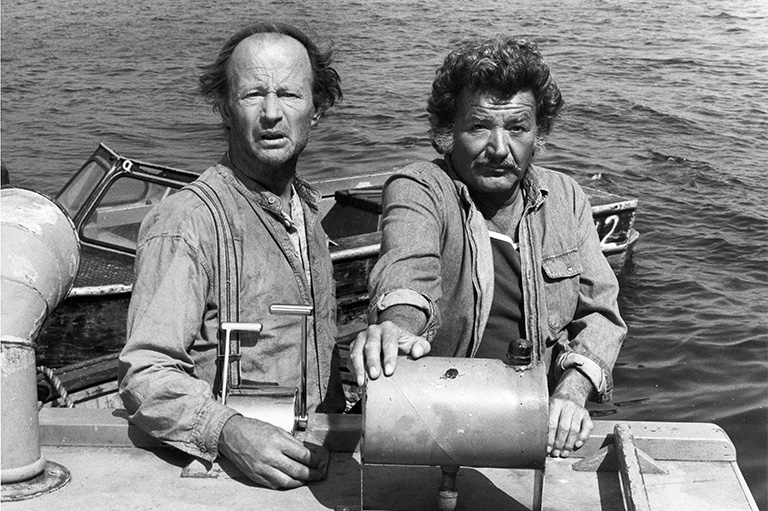
On October 1, the first episode of CBC’s The Beachcombers airs. Canada’s longest-running television series, The Beachcombers was a comedy-drama about a log salvager and his friends. The series was not a favourite of the critics; however, it paved the way for the establishment of B.C.’s film industry, creating content that did not mimic American storylines and featuring Indigenous characters that did not fall into stereotypes.
2000: Nisga’a final agreement
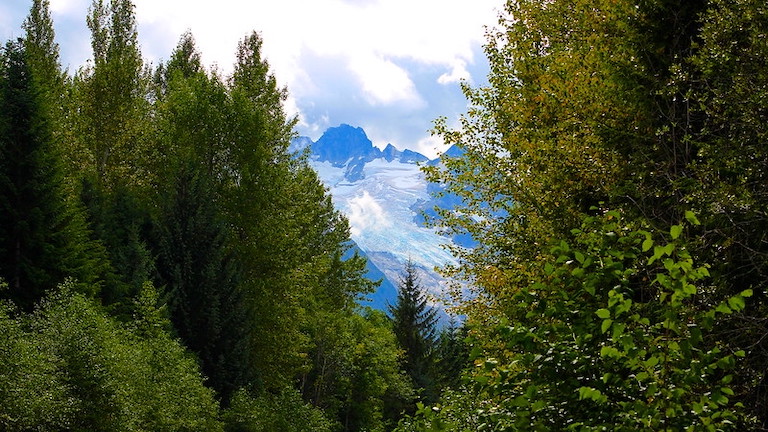
Following decades of court cases and negotiations, the Nisga’a land agreement was signed with federal and provincial officials on February 16, 1996, recognizing the communal ownership and self-governance of about 2,000-square-kilometres of Nisga’a lands in the Nass River Valley. In 2000, the Nisga’a Final Agreement became Canadian law: The Nisga’a surrendered 92 percent of their territory in exchange for expanded reserve lands and $190 million cash. This was followed by land agreements with the five Maa-Nulth First Nations (2011), the Yale First Nation (2013) and Tsilhqot’in First Nation (2014, following a Supreme Court of Canada ruling, the first to grant a declaration of Aboriginal title to a First Nation.)
2010: B.C. hosts the winter Olympics
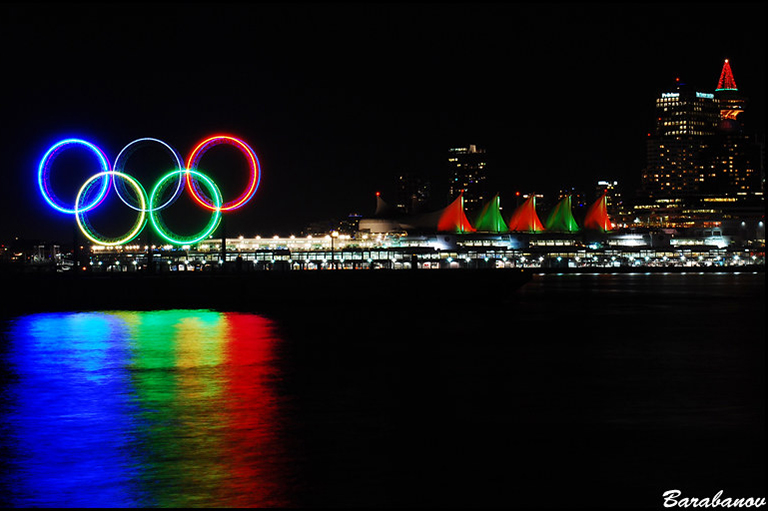
Canada sees a record haul of fourteen gold medals (including both women’s and men’s hockey), seven silver medals and five bronze.
2016: Great Bear Rainforest protected
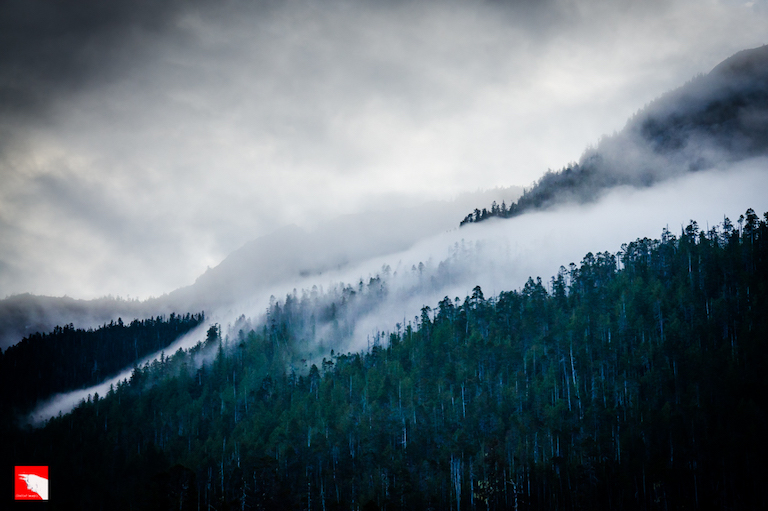
On February 1, after decades of protest and lobbying that began in the mid-1990s, the final Great Bear Rainforest Agreement is signed between First Nations and the British Columbia government, permanently conserving nearly seventy-seven thousand square kilometres of Pacific coast between Vancouver Island and southeast Alaska.
Save as much as 40% off the cover price! 4 issues per year as low as $29.95. Available in print and digital. Tariff-exempt!
Themes associated with this article
Advertisement
You might also like...

Canada’s History Archive, featuring The Beaver, is now available for your browsing and searching pleasure!

